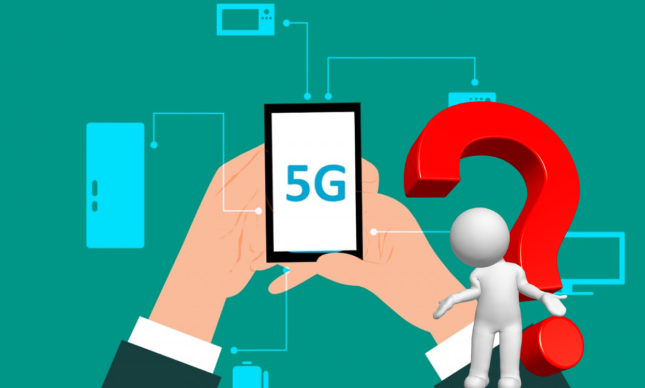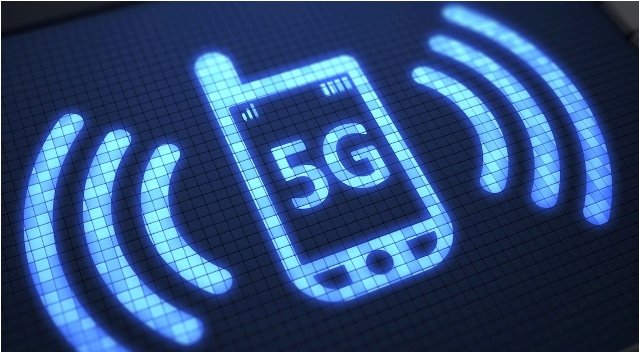5G, the next-generation cellular network, promises blazing fast speeds, but there are concerns this very high-frequency spectrum could poor health effects for the masses. These concerns aren’t new, especially considering the prospect of amplified radiofrequency radiation, and whether it can increase the risk of cancerous tumors . To get real answers on this concern, the FDA, ACA (American Cancer Society) and IARC (International Agency for Research on Cancer) are chiming in on the facts.
Radiofrequency (RF) radiation at its basic level is no more than energy from a source, which means even the heat that comes off our bodies counts as radiation. RF radiation is just another name for radio waves, or a form of electromagnetic energy that consists of waves of electric and magnetic energy moving together through space.
The radiation that cellphones give off is at the low-energy end of the electromagnetic spectrum, making them much safer than high-energy radiation like gamma rays and x-rays. While gamma rays give off ionizing radiation, meaning they have enough energy to ionize an atom or molecule and thus damage cell DNA resulting in cancer, RF radiation does not. RF radiation only has enough energy to move or vibrate atoms in a molecule, not enough to ionize it. While that means RF radiation does not cause cancer by damaging DNA cells, there still are ongoing studies regarding the effects of non-ionizing radiation. Last year, the FDA noted that it believes “the current safety limits for cellphone radiofrequency energy exposure remain acceptable for protecting the public health.” The U.S. Environmental Protection Agency (EPA) and U.S. National Toxicology Program (NTP) also have not formally classified RF radiation as cancer-causing. Meanwhile, the World Heath Organization’s International Agency for Research on Cancer (IARC) classifies RF radiation as “possibly carcinogenic to humans” due to the finding of a possible link in at least one study between cellphone use and a specific type of brain tumor. However, the IARC considers overall evidence “limited.”
Last year, the FDA noted that it believes “the current safety limits for cellphone radiofrequency energy exposure remain acceptable for protecting the public health.” The U.S. Environmental Protection Agency (EPA) and U.S. National Toxicology Program (NTP) also have not formally classified RF radiation as cancer-causing. Meanwhile, the World Heath Organization’s International Agency for Research on Cancer (IARC) classifies RF radiation as “possibly carcinogenic to humans” due to the finding of a possible link in at least one study between cellphone use and a specific type of brain tumor. However, the IARC considers overall evidence “limited.”
In one of the most recent studies, performed by the National Toxicology Program (NTP), high exposure to 2G and 3G RF radiation led to cancerous heart tumor development in male rats. NTP senior scientist John Butcher noted, however, that the levels and duration of exposure to RF radiation were much greater than what people experience with even the highest level of cell phone use, so the findings should not be directly extrapolated to human cell phone usage. Additionally, Butcher warned that 5G likely differs dramatically from 2G and 3G, so further studies are necessary. The FDA continues to believe that the current safety limits for cellphone radiofrequency energy exposure remain acceptable for protecting the public health, though, although 5G has a different limit than other technologies, so the agency will continue to review as new scientific data are published.
The FDA continues to believe that the current safety limits for cellphone radiofrequency energy exposure remain acceptable for protecting the public health, though, although 5G has a different limit than other technologies, so the agency will continue to review as new scientific data are published.
According to expert agencies and the studies we have so far, there’s nothing to suggest 5G mm Wave is a significant health risk, but it’s clear there is more research to be done on the subject. If you’re the type to be cautious, it’s always possible to reduce RF radiation. Simple things like sleeping with the phone away from your bed at night could help ease worries. As it stands now, though, the highest cancer risk classification RF radiation has is a “possible carcinogenic” from the IARC, just the same as your coffee you drink.





